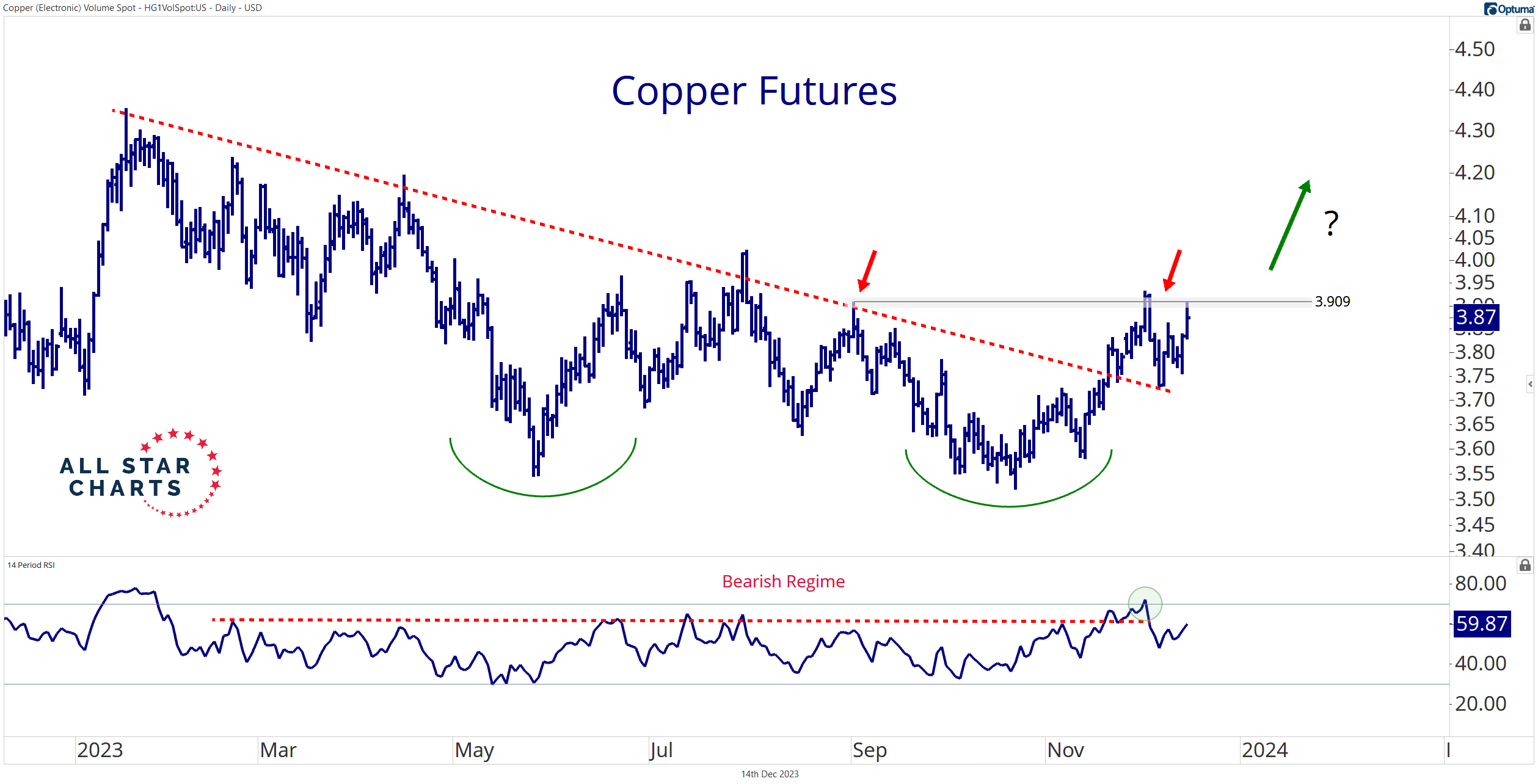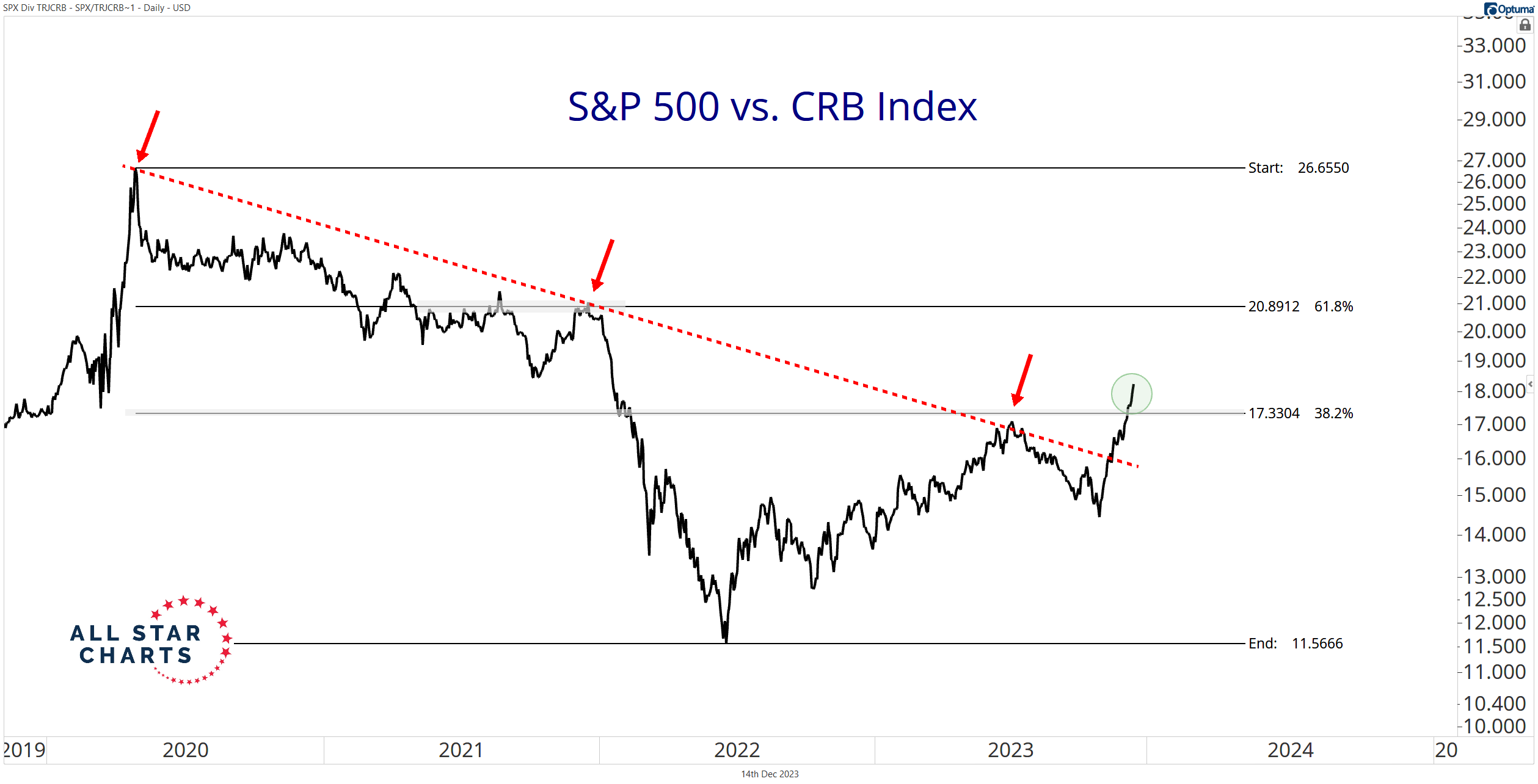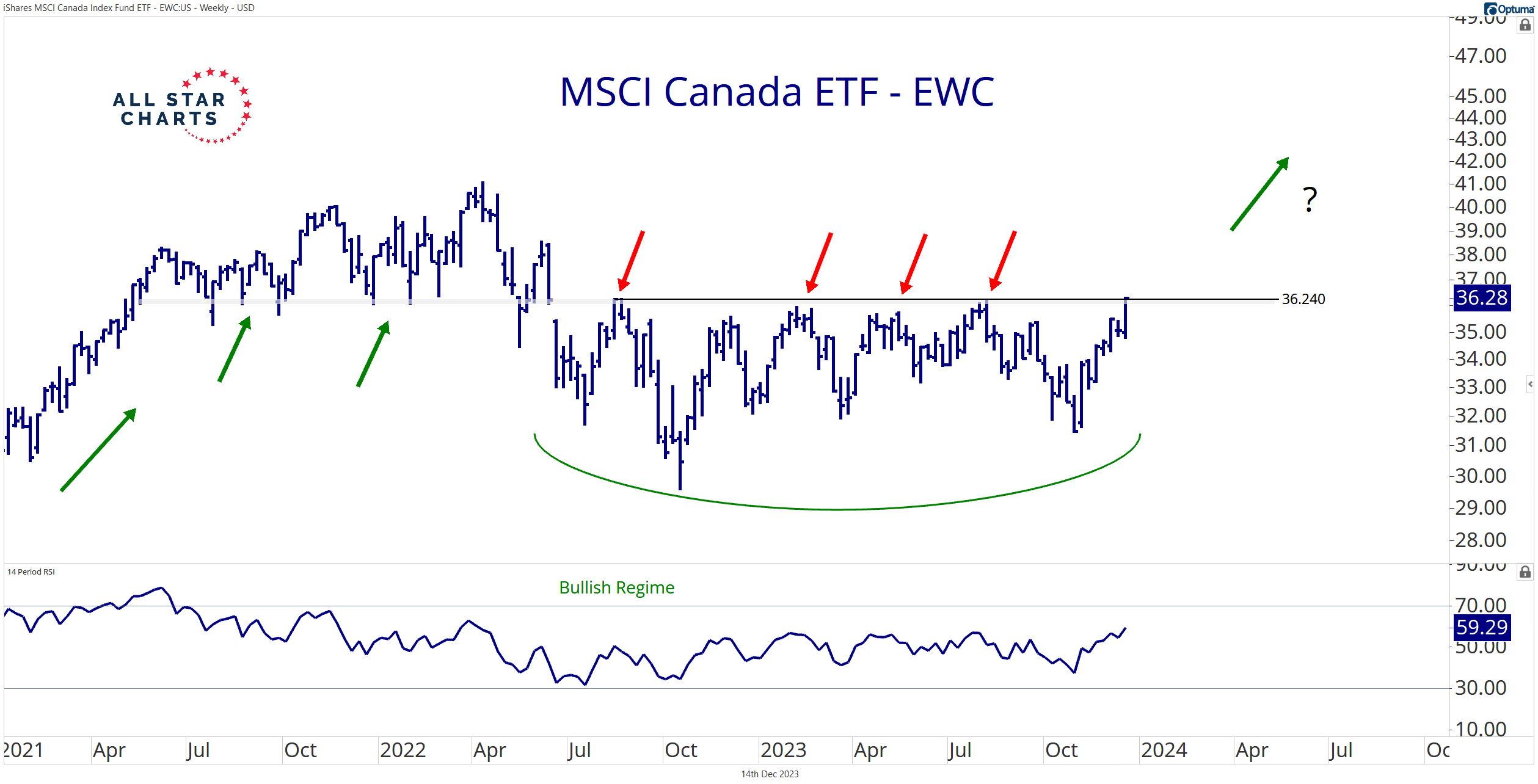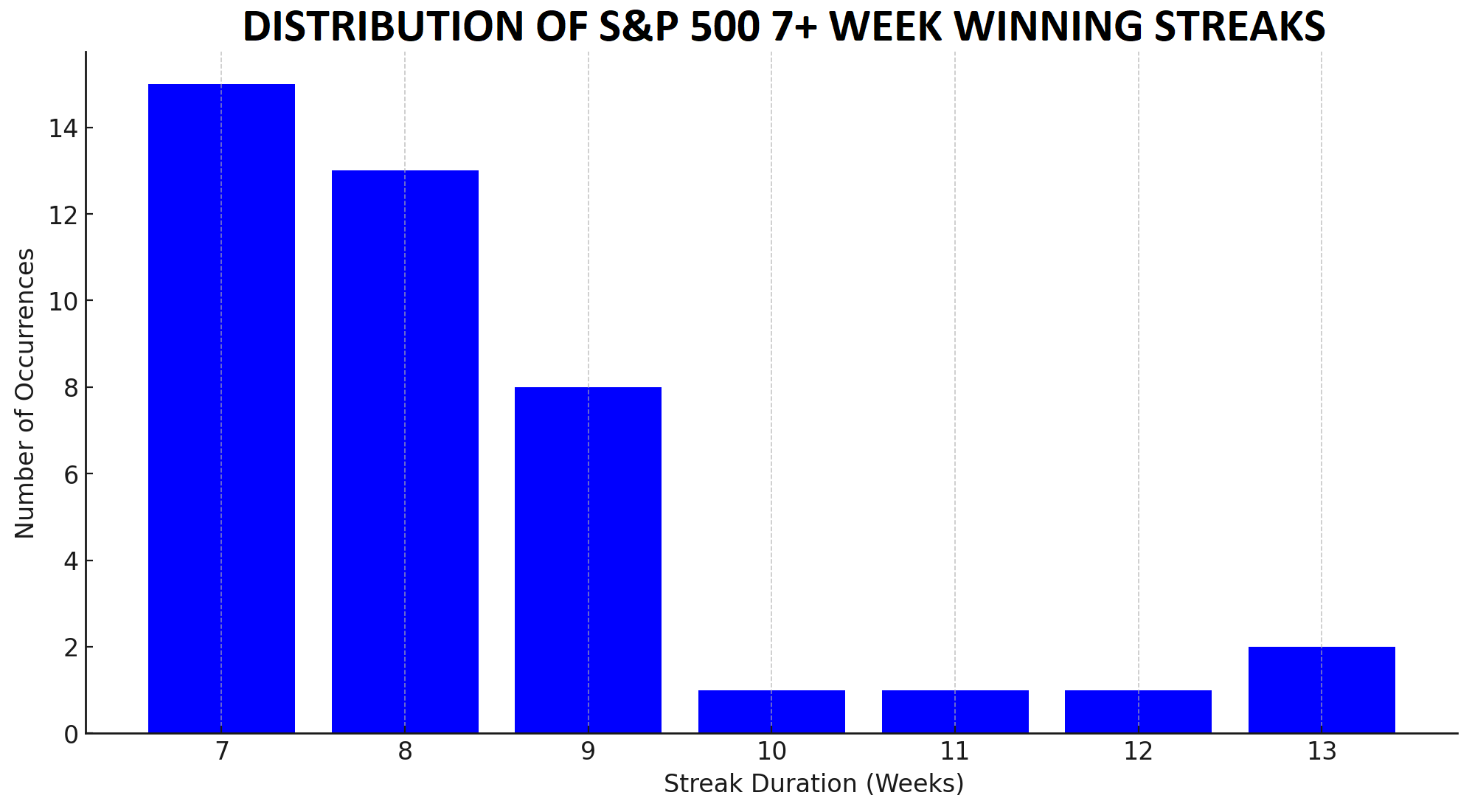Hello readers!
We are now in the 12th and final month of the year and it seems like we’re going out with a bang! Global indices are now clocking all-time highs as sector rotation continues to churn this market further. There were those who made money, those who lost money and those who learnt a lot from the markets this year regardless of the monetary gain/loss. And that needs to be our prime focus. As long as the learning is in place, you’ve gained in this market.
Everything is Relative Strength is everything
When I was studying for my CMT Level III exam, I came across this chapter by Julius de Kempenaer. I read the title over and over again. I was amazed by that statement and the validity that it holds universally. What we see, believe and feel is all relative. For the most part, we don’t deal with absolute perceptions or ideas. Everything is in relative terms based on the variables we’ve been exposed to in the past. Just as we choose a particular asset class based on its relative strength among other asset classes, we make choices in life based on the relative strength of those decisions over others. Similarly, there are numerous concepts that could be picked up from the market and incorporated in our lives because at the core of these concepts are basic human emotions and reactions.
As always we watched this year how sector rotation and intermarket relationships led to crucial moves in the markets and how the stance of the Fed can quite literally track behavioral patterns in price! For me, this year has reiterated the importance of basic concepts and understanding which often get clouded by over analysis and over thinking. As an analyst sometimes one’s judgement gets clouded by expectation rather than by reaction. We are not here to dictate or predict patterns and scenarios. We are here to react to the price to the best of our risk management abilities and move with the trend.
To all the aspirants who appeared for their exams this December, all the best and continue taking words from your books to your charts! There is no better learning than practicing what you’ve already studied!
Wishing everyone a delightful new year!
Until next time, Think Technical!
Rashmi Shastry, CMT
Editor, Technical Insights


















